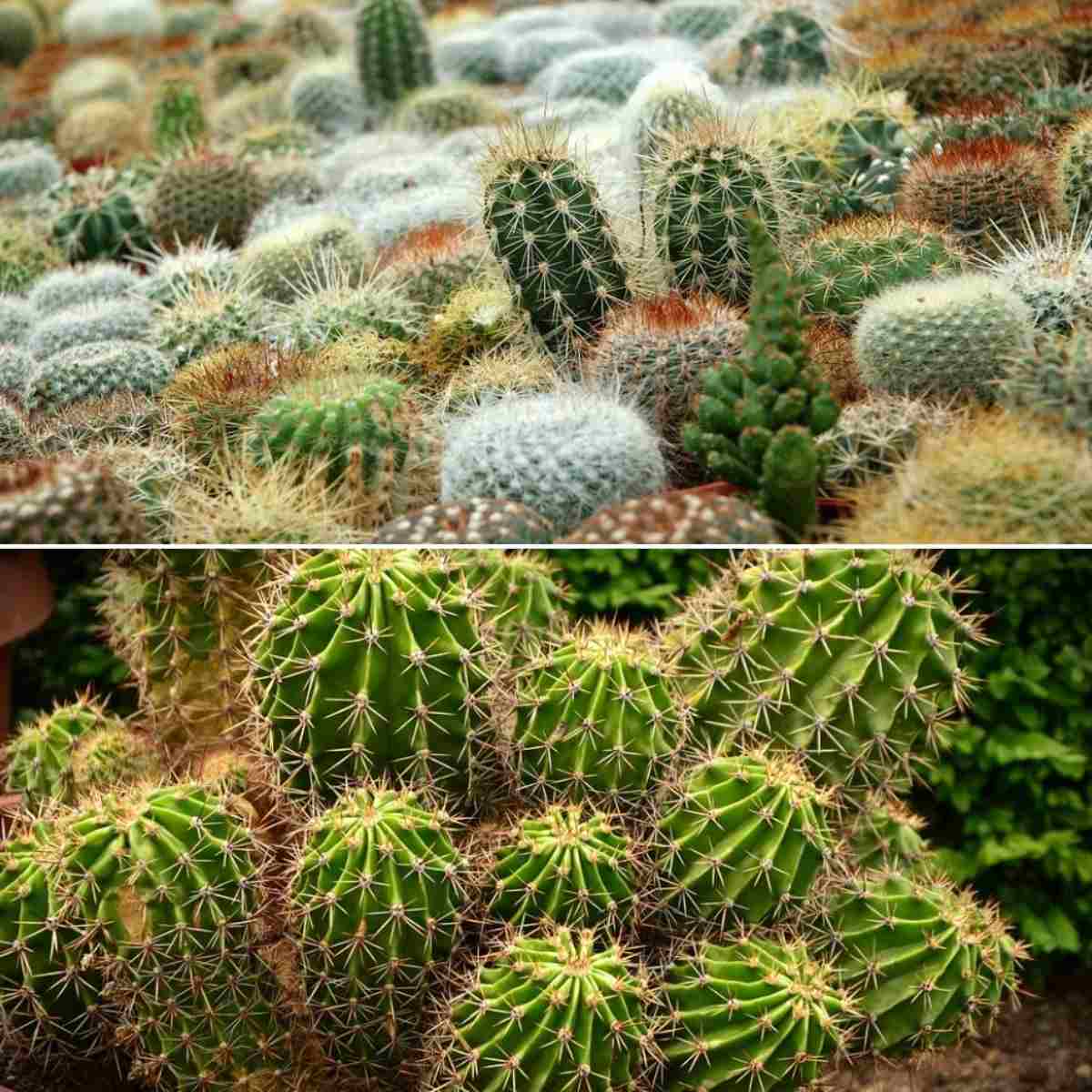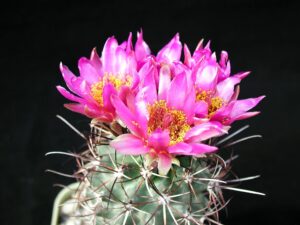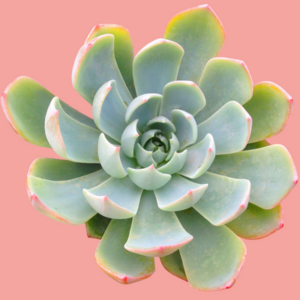Bringing the beauty of the desert into your home can be achieved through the fascinating world of cactus cultivation. These remarkable plants are well-suited for indoor environments, making them an excellent choice for both novice and seasoned gardeners. Below, you will discover essential tips designed to ensure that your indoor cacti thrive, grow, and flourish in their new habitat.
Understanding your cactus’s natural habitat is the first step in providing optimal care. Cacti originate from arid regions, and their adaptations make them unique among houseplants. By mimicking their native conditions, you can create an environment where your cacti feel at home.
Consider the following sections to understand how to care for your cactus plants indoors effectively.
Optimal Lighting Conditions for Cacti
Cacti require ample sunlight to grow robustly. As desert dwellers, these plants thrive best in bright, indirect light. When selecting a spot for your cactus, aim for a window that faces south or west, where it can soak up the sun’s rays without risk of scorching. If natural light is limited, consider supplementing with full-spectrum grow lights, which can enhance growth and vitality.
Be mindful of the changing seasons; as sunlight shifts, so too should your plant’s position. Rotate your cacti regularly to encourage uniform growth and prevent them from leaning towards the light source. Remember, a cactus left in low lighting conditions for prolonged periods may become weak or leggy, negatively impacting its overall health.
The Right Type of Soil
Soil choice is crucial when cultivating cacti indoors. Standard potting soil retains moisture longer than cacti require, increasing the risk of root rot. Instead, a well-draining soil mix is paramount. Consider using a commercial cactus mix, or create your own by combining potting soil with sand or perlite in a 1:1 ratio. This composition ensures rapid drainage, allowing excess water to escape while retaining some moisture for the roots.
Before planting, verify that your container has sufficient drainage holes. Without them, stagnant water may accumulate at the bottom, fostering conditions favorable for fungal diseases. A layer of gravel or small stones at the bottom of the pot can also enhance drainage and promote a healthier root system.
Watering Wisely: The Art of Hydration
One of the most misunderstood aspects of cactus care is watering. Contrary to popular belief, cacti do require water, but the frequency and method must be executed with precision. Allow the soil to dry out completely between waterings. During the growing season—spring and summer—water your cactus thoroughly, but be sure any excess moisture drains away promptly. Reduce watering frequency during the dormant fall and winter months, as cacti enter a state of rest and require less hydration.
To gauge when to water, gently stick your finger into the soil about an inch deep; if it feels dry, it’s time to water. Always err on the side of underwatering rather than overwatering; many cacti can survive several weeks without moisture, whereas overwatered plants are far more difficult to rehabilitate.
Nurturing with Fertilization
Selecting the right fertilizer is crucial for indoor cacti. During the active growth phase, utilize a diluted, balanced liquid fertilizer designed for cacti and succulents every four to six weeks. This feeding regimen provides essential nutrients to promote growth and flowering. However, avoid fertilizing during dormancy; this unnecessary intervention can weaken the plant.
If you prefer an organic approach, consider using a slow-release fertilizer or incorporating compost into the soil mix. This will improve the soil structure and provide a steady nutrient supply without the risk of chemical buildup.
Pest Management and Cacti Care
Cacti can occasionally fall victim to pests, with aphids, mealybugs, and spider mites being the most common culprits. Regularly inspect your plants for any signs of infestation. Early detection is key; should pests be found, they can often be removed by gently wiping the affected areas with a damp cloth or using a cotton swab dipped in rubbing alcohol.
Additionally, keeping the growing area clean and ensuring proper air circulation can help mitigate pest issues. If your cactus does become severely infested, consider isolating it from other plants and treating it with a suitable insecticidal soap.
Temperature and Humidity Considerations
While cacti are hardy plants, they still have specific temperature preferences. Ideally, they should be kept in an environment where temperatures range from 70°F to 100°F during the day, and slightly cooler at night. Although most cacti can tolerate lower temperatures, consistent exposure to temperatures below 50°F can be detrimental.
Humidity levels should remain low, as high humidity increases the risk of rot and disease. Most cacti prefer a relative humidity of around 30% to 40%. If your home is particularly humid, ensure proper ventilation and adjust the growing environment accordingly.
Conclusion: Embrace the Beauty of Indoor Cacti
Caring for cactus plants indoors can be a rewarding endeavor that not only beautifies your home but also enriches your understanding of these captivating flora. With the right light, soil, watering practices, and pest management, your indoor cacti will flourish and become a stunning focal point in any space. Remember, patience is vital; like all living organisms, cacti may take time to establish themselves and exhibit their full potential. With careful attention and dedication, your desert landscape can thrive right within your living room.





Leave a Comment